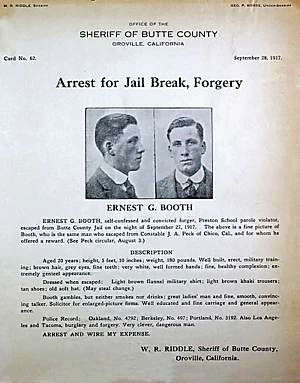Biography
(No Information)
Filmography
all 5
Movies 5
Writer 5
Information
Known ForWriting
GenderMale
This article uses material from Wikipedia.
Last updated:
 Ernest Booth
Ernest Booth- Filmography
- Information
This article uses material from Wikipedia.
Last updated:
